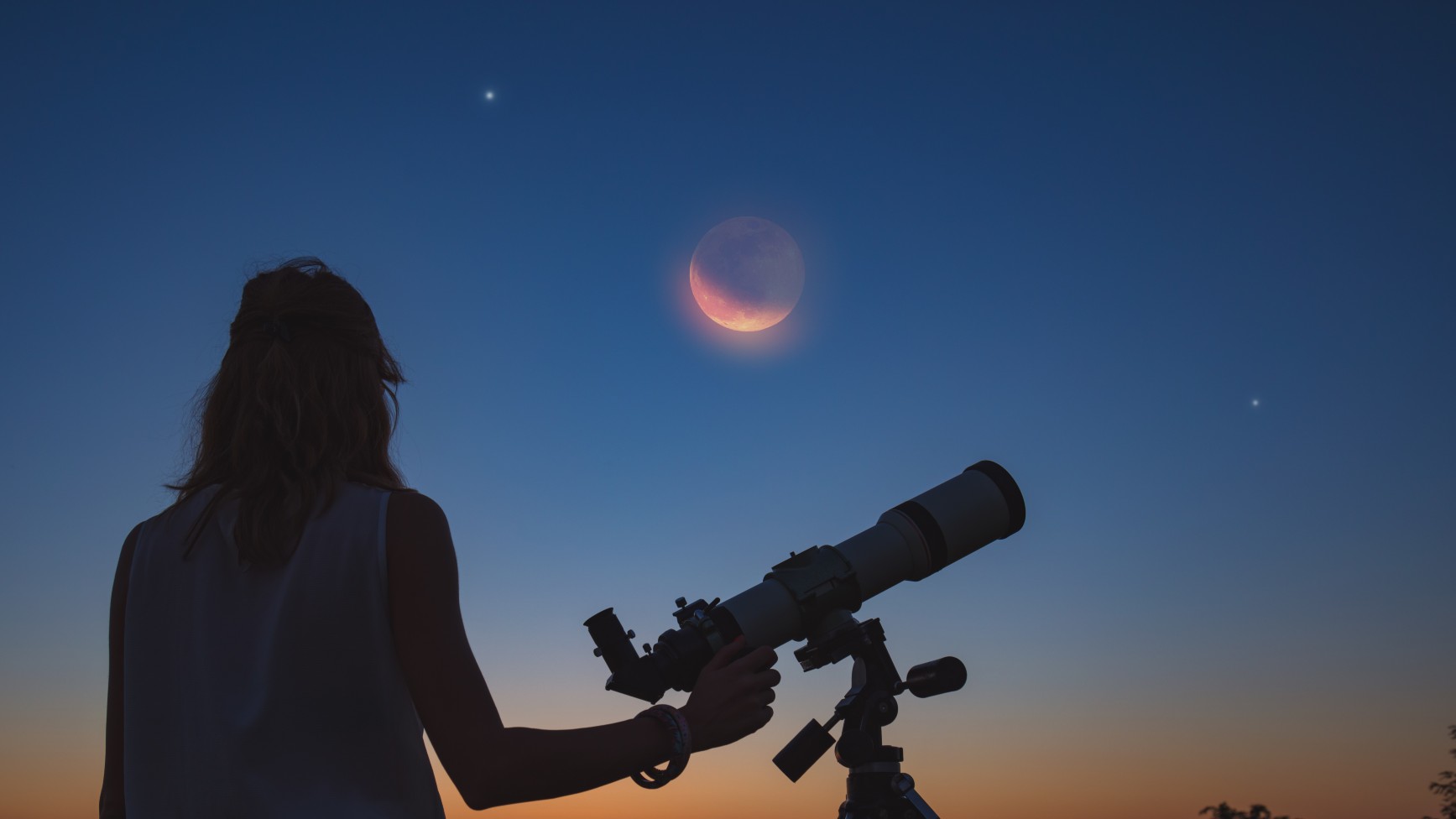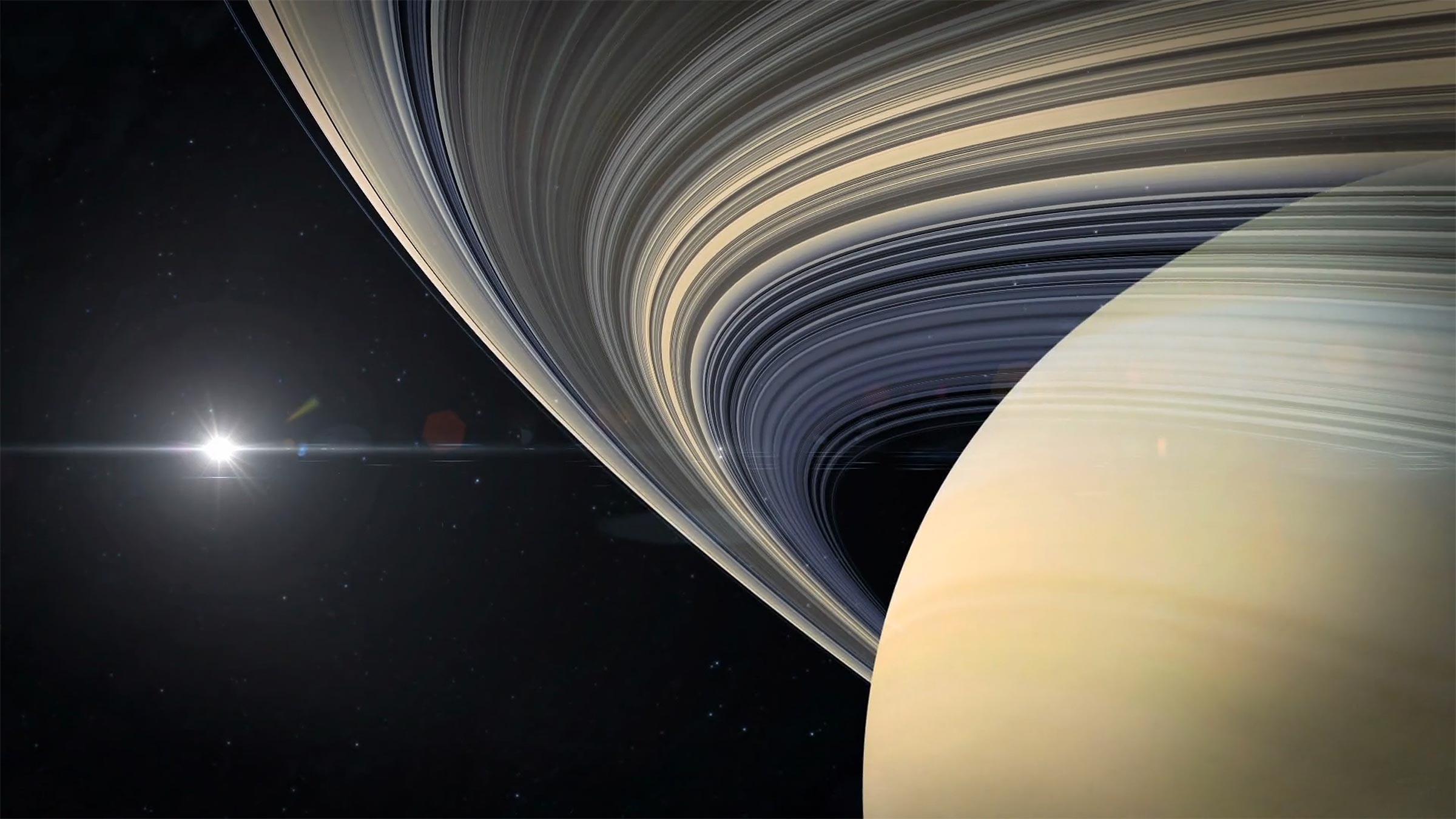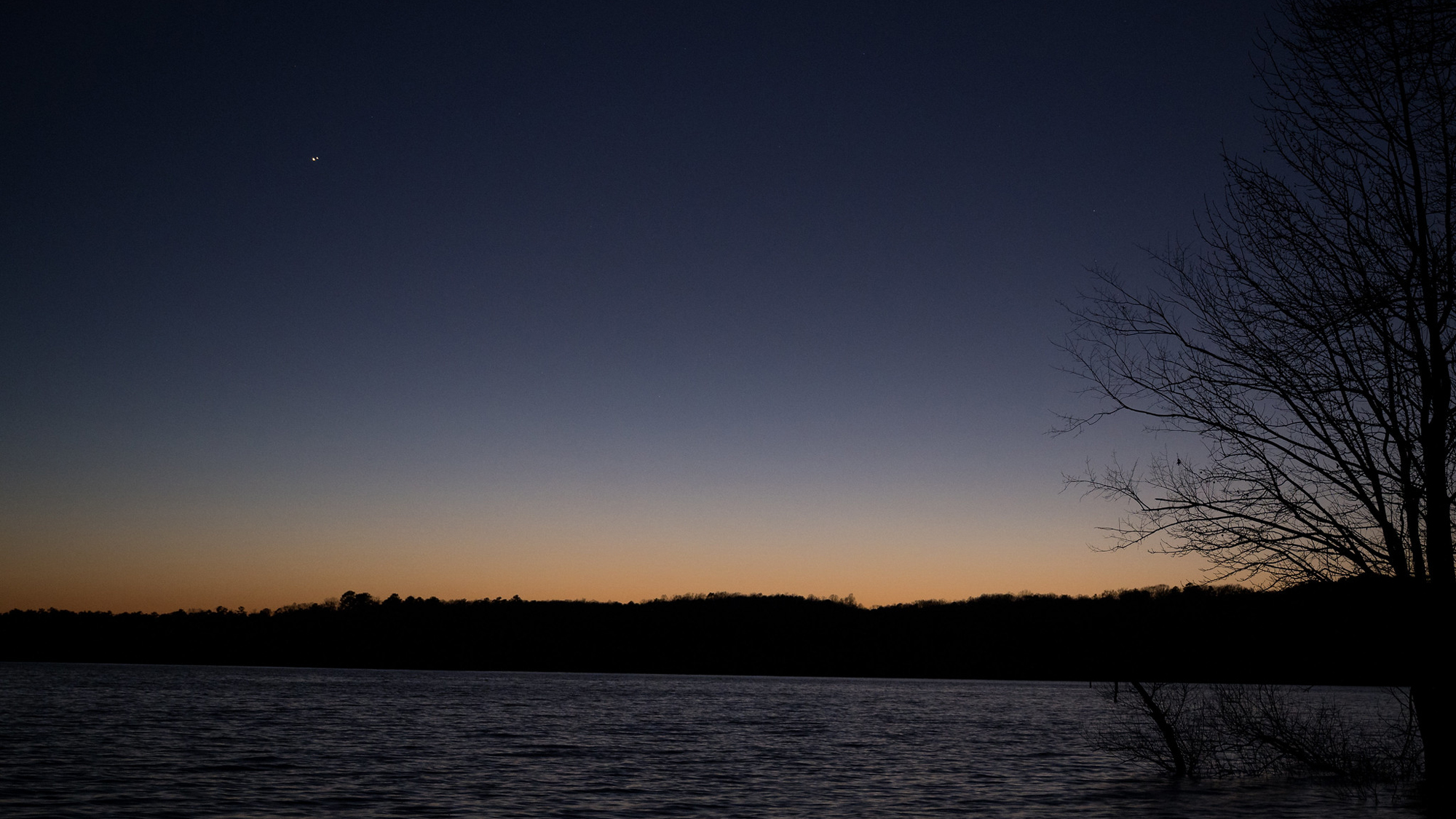Browsing Tag
Planets
8 posts
2 planets will align with the ‘Earth-shining’ moon on the summer solstice. Here’s how to watch.
Mars, Venus, and the shining crescent moon will align on the summer solstice (June 21) (Image credit: Getty) The summer solstice on June 21 may be an important annual observance on Earth, but aside from the sun being its highest in the sky in the Northern Hemisphere, it's not typically a stargazing event. That changes
June 19, 2023
Earthlike planets should readily form around other stars, meteorites suggest
How hard is it to give birth to an Earth? To assemble the right mix of rock, metal, and water, in a balmy spot not too far from a star? For a long time, planetary scientists have thought Earth was a lucky accident, enriched with water and lighter “volatile” elements—such as nitrogen and carbon—by asteroids
January 26, 2023
Why Are Some Planets Surrounded by Rings?
By Dr. Rudi Kuhn, South African Astronomical Observatory December 14, 2022Illustration of Saturn and its rings. All of the outer gas giant planets — Jupiter, Saturn, Neptune, and Uranus — have rings around them.Planets are surrounded by rings because they are made up of particles that orbit the planet. These particles can be made up
December 15, 2022
Recycling one of the planet’s trickiest plastics just got a little easier
Polyethylene is one of the world’s most commonly used plastics, found in bottles and packaging film, but it’s also one of the hardest to break down. By itself, it would take polyethylene hundreds of years to completely decompose. Scientists have been working to tackle this problem as polyethylene trash is clogging up landfills and littering
September 29, 2022
See 4 planets line up with the moon in the predawn sky
Home News Skywatching Conjunctions are happily, common in the night sky. Here is a past one: Jupiter (left) and Saturn (right) are seen after sunset above Jordan Lake during the "great conjunction" on Dec. 21, 2020, near Chapel Hill, North Carolina. (Image credit: Bill Ingalls/NASA) Four worlds are going to line up with the moon…
April 22, 2022
Rogue planets: How wandering bodies in interstellar space ended up on their own
We now know of almost 5,000 planets outside the Solar System. If you were to picture what it would be like on one of these distant worlds, or exoplanets, your mental image would probably include a parent star—or more than one, especially if you're a Star Wars fan. But scientists have recently discovered that more…
January 14, 2022
Planets Are Born from Dust Trap Rings
December 30, 2021
The ALMA telescope, in Chile, sensitive to millimeter-sized dust, took these images of planet-forming disks.ALMA (ESO/NAOJ/NRAO), S. Andrews et al.; NRAO/AUI/NSF, S. DagnelloAll we are is dust in the wind, man. The same goes for the planets and asteroids and comets. Starting from our dusty beginnings, gravity and a mess of other forces conspired to…
Study: Planets gone rogue could sustain life
Credit: Pixabay/CC0 Public Domain A rogue planet is an interstellar object of planetary mass without a host planetary system. As they freely roam around space, could they be fertile nurseries for life? A Florida Tech scientist believes it's possible based on extensive research he has undertaken over the past several years. In research highlighted this…
September 29, 2021










